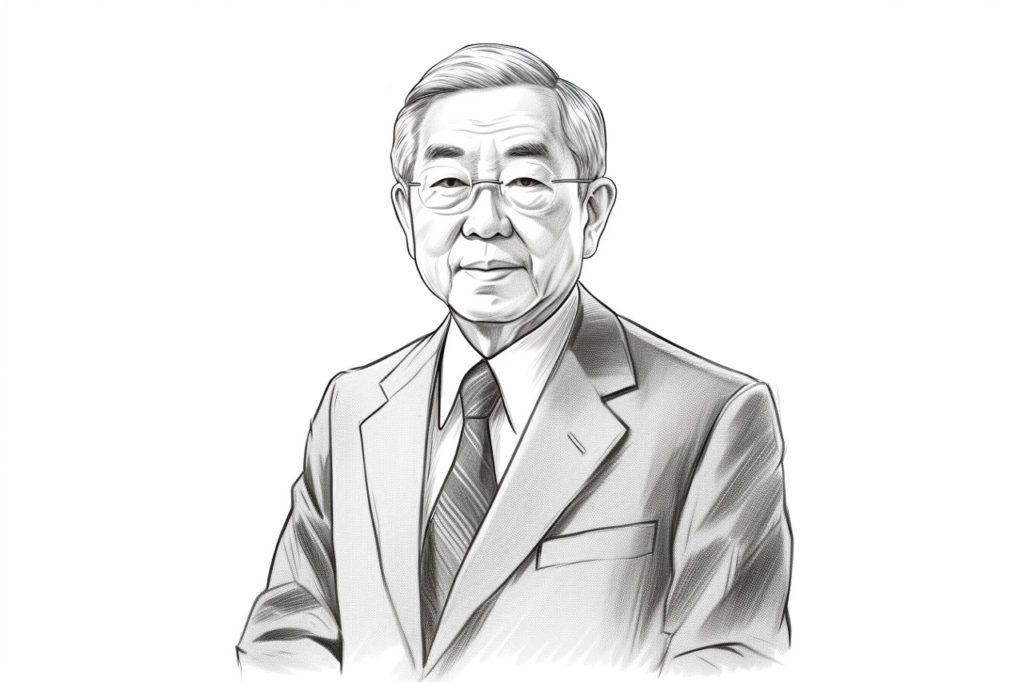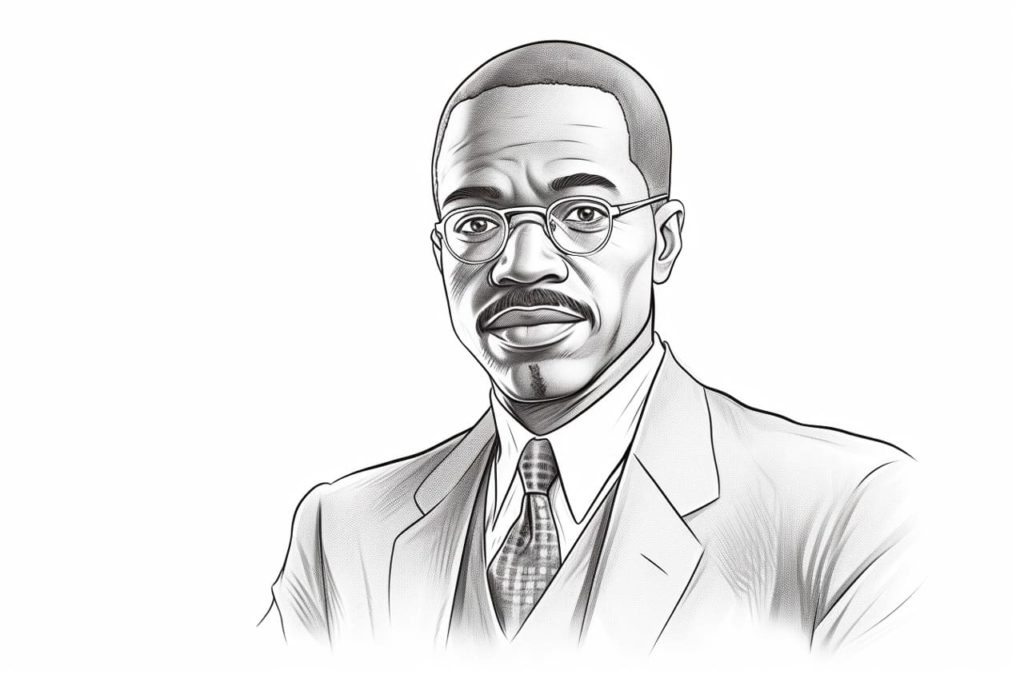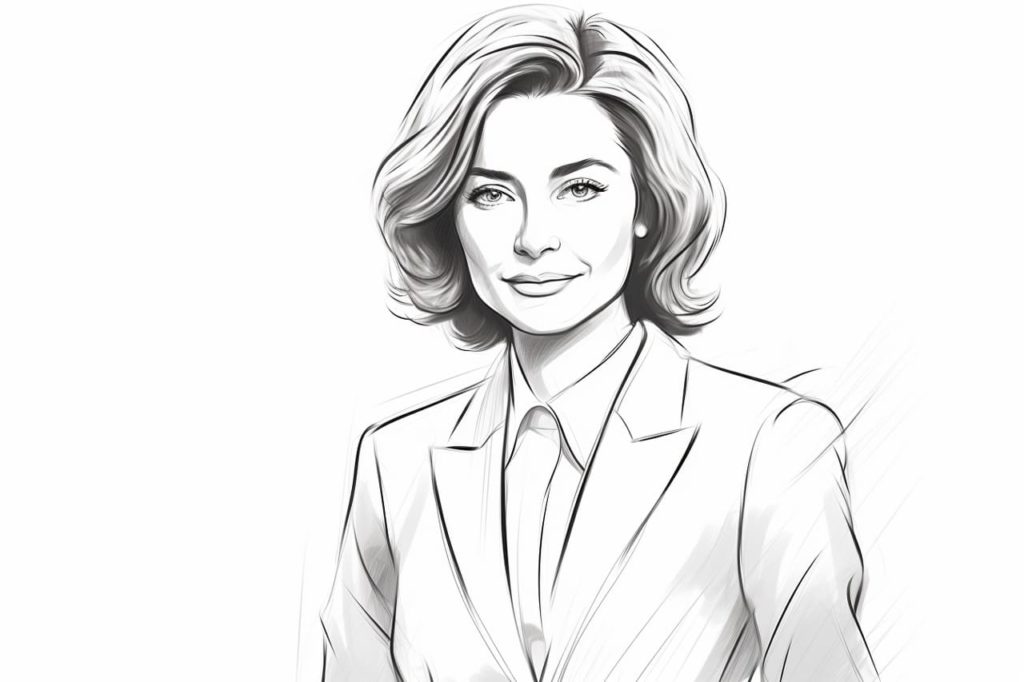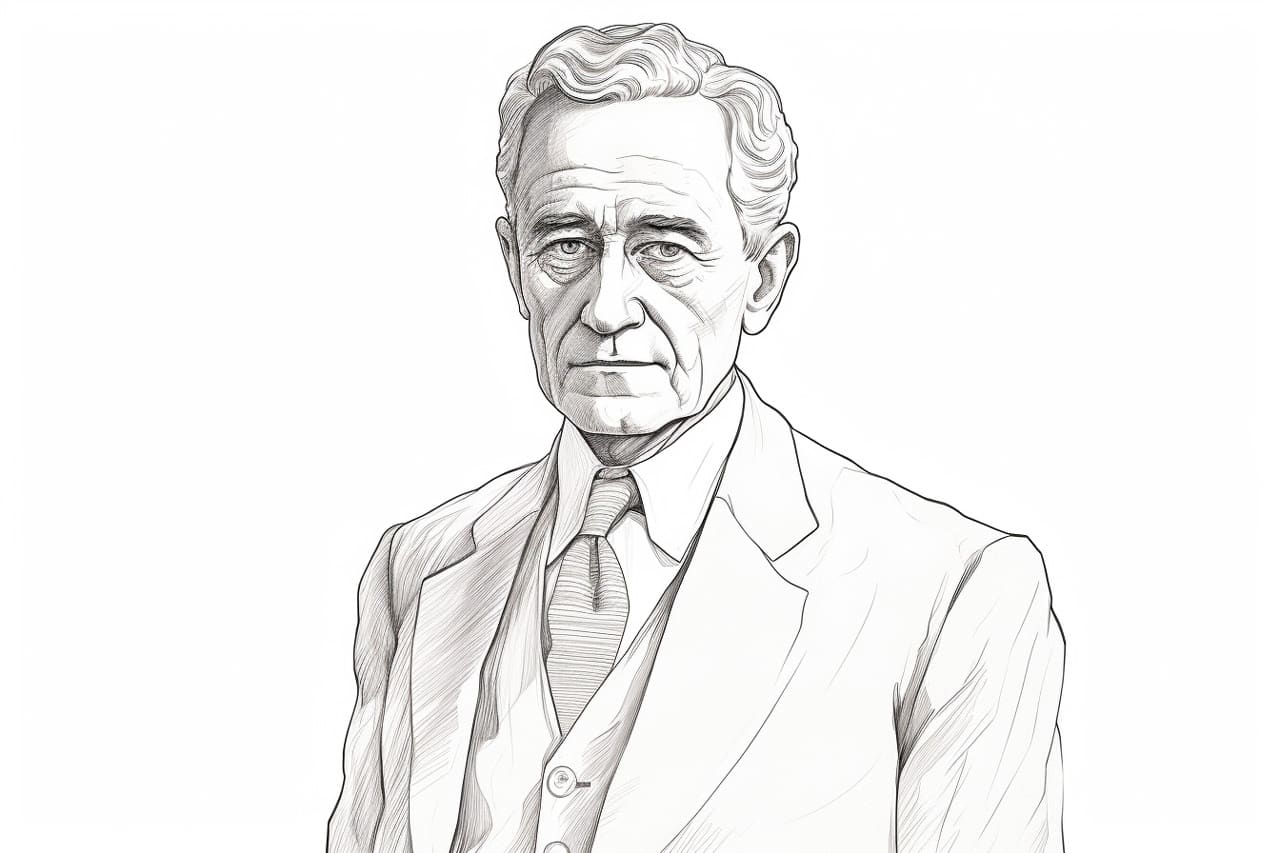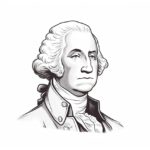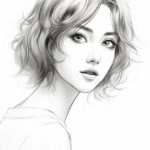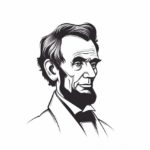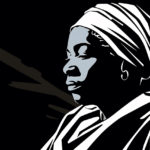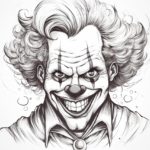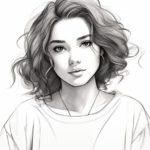Welcome to this step-by-step guide on how to draw a president! Whether you are an aspiring artist or simply looking for a fun creative activity, this tutorial will teach you the techniques needed to create a realistic portrait of a president. So grab your drawing materials and let’s get started!
Materials Required
To draw a president, you will need the following materials:
- Drawing paper or sketchbook
- Pencil (preferably a medium or soft graphite pencil)
- Eraser (preferably a kneaded eraser for easy manipulation)
- Fine-tip markers or pens (optional, for outlining and detailing)
- Colored pencils or markers (optional, for adding color)
Now that you have your materials ready, let’s begin the drawing process!
Step 1: Research and Reference
Before starting your drawing, it’s important to gather some reference material. Research the president you would like to draw, gathering photographs or images that capture their unique features, expressions, and iconic characteristics. Understanding their facial structure and expressions will help you create a more accurate and recognizable portrait.
Step 2: Basic Guidelines
Begin by lightly sketching the basic guidelines of the president’s face. Use a light touch with your pencil to create simple shapes that will serve as a framework for the rest of the drawing. Start with an oval shape for the head and add a vertical line through the center to help align the facial features.
Step 3: Facial Features
Using your reference material, carefully observe and sketch the president’s facial features one by one. Start with the eyes, placing them evenly on the horizontal line you drew in the previous step. Pay attention to the shape, size, and distance between the eyes, as these details will greatly contribute to capturing the likeness of the president.
Next, draw the nose, mouth, and ears, again using your reference material as a guide. Take your time to accurately capture the unique characteristics of the president’s face, such as the shape of their nose or the way their mouth curves when they smile.
Step 4: Hair and Eyebrows
Moving on to the president’s hair and eyebrows, carefully observe the texture, style, and hairline. Use light, wispy strokes to create the appearance of hair, paying attention to any distinctive features such as hair parting or facial hair. Take your time and build up the shading gradually to achieve a more realistic look.
Step 5: Refining the Facial Details
Now that you have the basic features and hair in place, it’s time to refine the details of the president’s face. Study your reference material closely and add any additional lines, wrinkles, or defining features that make the president unique. Use light shading to add depth and dimension to the face, paying attention to areas of shadow and highlights.
Step 6: Clothing and Background
If you wish to fully depict the president, consider adding details such as clothing and a background. Research the president’s typical attire and incorporate those elements into your drawing. Keep the focus on the president’s face, but add enough details to provide context and enhance the overall composition of the artwork.
Step 7: Outlining and Final Details
Once you are satisfied with the overall appearance of your drawing, you can finalize it by outlining the main features and adding any final details. Use a fine-tip marker or pen to carefully trace over the pencil lines, keeping a steady hand to create clean and confident outlines. It’s important to work slowly and deliberately, ensuring that you capture the essence of the president’s features without overdoing it.
After outlining, you can also choose to add additional details or shading with colored pencils or markers. This step is optional and can be used to add depth, texture, or color to your drawing.
Conclusion
Congratulations on completing your portrait of a president! By following these step-by-step instructions and using reference material, you have learned how to create a realistic drawing of a president. Remember to practice regularly and experiment with different techniques to further develop your artistic skills.
Now that you have mastered this technique, you can apply it to draw other famous figures or even create your own unique portraits. Keep exploring and embracing your creativity!
Gallery of President Drawings
